Methylene dithiocyanate
- CAS NO.:6317-18-6
- Empirical Formula: C3H2N2S2
- Molecular Weight: 130.18
- MDL number: MFCD00001833
- EINECS: 228-652-3
- SAFETY DATA SHEET (SDS)
- Update Date: 2024-12-18 14:15:30

What is Methylene dithiocyanate?
Chemical properties
Colorless needle-like crystals or yellow crystalline powder. Melting point 102-104 ℃. Soluble in dioxane, dimethylformamide, slightly soluble in other organic solvents. The solubility in room temperature water is 2300 ppm. It is very sensitive to pH, and hydrolyzes quickly above pH=8.
The Uses of Methylene dithiocyanate
Methylene Dithiocyanate emulsion is used as bactericide.
Definition
ChEBI: Methylene dithiocyanate is a member of the class of thiocyanates that is methane in which two of the hycrogens have been replaced by thiocyanato groups. Used as a biocide for the control of various pathogens and algae in industrial water systems and as a fungicide for the control of surface moulds and sapstain fungi on wood. It has a role as a fungicide and an antibacterial agent.
Preparation
Synthesis of methylene dithiocyanate: under pressure, add excess sodium thiocyanate (or sodium thiocyanate) and dichloromethane into the reaction kettle, start stirring, and heat up to 80-100°C at the same time. After the reaction is completed, dichloromethane is recovered, and the solid-liquid two phases are separated to obtain a crude methylene dithiocyanate.
General Description
Methylenebis(thiocyanate) appears as yellow to light orange-colored mass or yellow powder. (NTP, 1992)
Air & Water Reactions
May be sensitive to prolonged exposure to air. Decomposes in water (not vigorously) and more rapidly in boiling water.
Reactivity Profile
Methylenedithiocyanate reacts vigorously with strong bases and strong oxidizing agents such as hydrogen peroxide. Hydrolyzes slowly with water at boiling temperatures and reacts slowly and exothermically with aqueous acids .
Fire Hazard
Flash point data for Methylenedithiocyanate are not available; however, Methylenedithiocyanate is probably combustible.
Safety Profile
Poison by ingestion, intravenous, and subcutaneous routes. When heated to decomposition it emits very toxic fumes of NOx and SOx.
Properties of Methylene dithiocyanate
| Melting point: | 104-106 °C(lit.) |
| Boiling point: | 285.2±23.0 °C(Predicted) |
| Density | 1.492 (estimate) |
| refractive index | 1.5300 (estimate) |
| Flash point: | >110°C |
| solubility | very slightly in Methanol |
| form | solid |
| color | White to Light yellow to Light orange |
| Water Solubility | Decomposes in water. Slightly soluble in organic solvents. |
| Stability: | Stable, but moisture sensitive. Reacts vigorously with strong bases, strong oxidizing agents. Reacts with water. |
| InChI | InChI=1S/C3H2N2S2/c4-1-6-3-7-2-5/h3H2 |
| CAS DataBase Reference | 6317-18-6(CAS DataBase Reference) |
| NIST Chemistry Reference | Thiocyanic acid, methylene ester(6317-18-6) |
| EPA Substance Registry System | Methylene dithiocyanate (6317-18-6) |
Safety information for Methylene dithiocyanate
| Signal word | Danger |
| Pictogram(s) |
 Corrosion Corrosives GHS05  Skull and Crossbones Acute Toxicity GHS06  Exclamation Mark Irritant GHS07  Environment GHS09 |
| GHS Hazard Statements |
H301:Acute toxicity,oral H310:Acute toxicity,dermal H314:Skin corrosion/irritation H317:Sensitisation, Skin H330:Acute toxicity,inhalation H400:Hazardous to the aquatic environment, acute hazard |
| Precautionary Statement Codes |
P260:Do not breathe dust/fume/gas/mist/vapours/spray. P262:Do not get in eyes, on skin, or on clothing. P264:Wash hands thoroughly after handling. P264:Wash skin thouroughly after handling. P270:Do not eat, drink or smoke when using this product. P272:Contaminated work clothing should not be allowed out of the workplace. P273:Avoid release to the environment. P280:Wear protective gloves/protective clothing/eye protection/face protection. P320:Specific treatment is urgent (see … on this label). P391:Collect spillage. Hazardous to the aquatic environment P303+P361+P353:IF ON SKIN (or hair): Remove/Take off Immediately all contaminated clothing. Rinse SKIN with water/shower. P304+P340:IF INHALED: Remove victim to fresh air and Keep at rest in a position comfortable for breathing. P305+P351+P338:IF IN EYES: Rinse cautiously with water for several minutes. Remove contact lenses, if present and easy to do. Continuerinsing. P405:Store locked up. P501:Dispose of contents/container to..… |
Computed Descriptors for Methylene dithiocyanate
| InChIKey | JWZXKXIUSSIAMR-UHFFFAOYSA-N |
| SMILES | C(SC#N)SC#N |
Methylene dithiocyanate manufacturer
New Products
4,4-Difluoropiperidine hydrochloride tert-butyl 9-methoxy-3-azaspiro[5.5]undecane-3-carboxylate Indole Methyl Resin N-Isopropylurea N,N-Dicyclohexylcarbodiimide(DCC) MELDRUMS ACID 5-METHYLISOXAZOLE-4-CARBOXYLIC ACID Magnessium Bis glycinate Zinc ascorbate 1-bromo-2-butyne 2-acetamidophenol 9(10H)-anthracenone Erythrosin B, 4-Piperidinopiperidine 2-((4-morpholinophenylamino) (methylthio) methylene) malononitrile 2,4-dihydroxybenzaldehyde 3-(4-morpholinophenylamino)-5-amino-1H-pyrazole-4-carbonitrile Methyl 2-methylquinoline-6-carboxylate 2,6-dichloro-4-nitropyridine 4-Bromo-2-chlorobenzonitrile 2-(benzylamino)acetic acid hydrochloride 4-(tert-Butoxycarbonylamino)but- 2-ynoic acid 3,4-dihydro-2H-benzo[b][1,4]dioxepine 1-Phenyl-1-cycloprppanecarboxylicacidRelated products of tetrahydrofuran
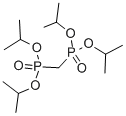



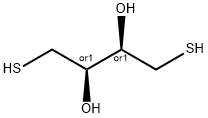


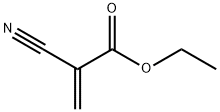
You may like
-
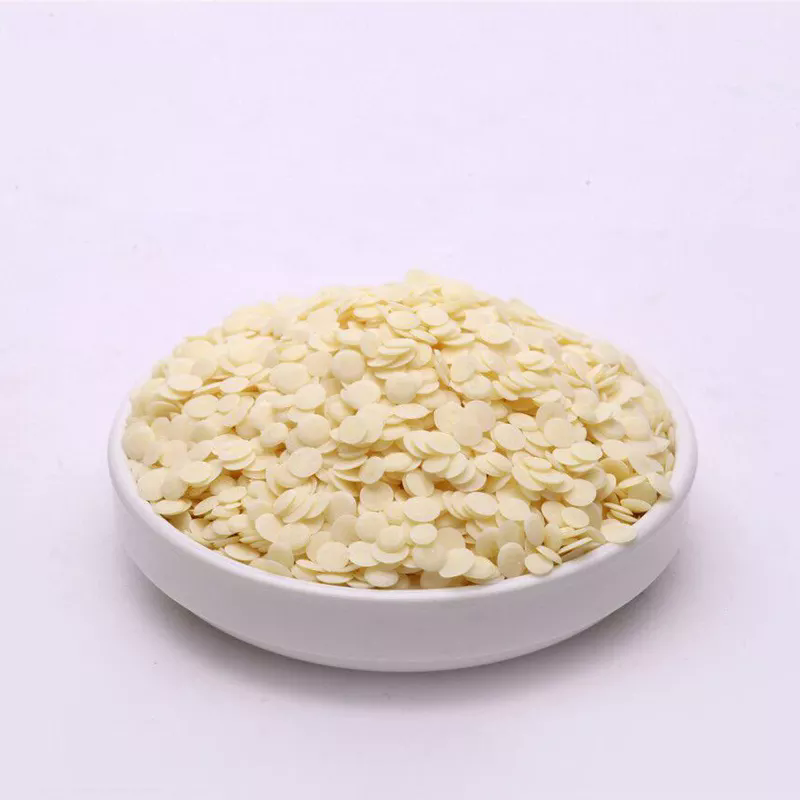 6317-18-6 Methylene dithiocyanate 98%View Details
6317-18-6 Methylene dithiocyanate 98%View Details
6317-18-6 -
 Methylenebis-(thiocyanate) 6317-18-6 98%View Details
Methylenebis-(thiocyanate) 6317-18-6 98%View Details
6317-18-6 -
 Methylene Dithiocyanate CAS 6317-18-6View Details
Methylene Dithiocyanate CAS 6317-18-6View Details
6317-18-6 -
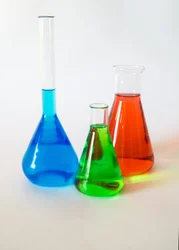 Methylene Bisthiocyanate CAS: 6317-18-6View Details
Methylene Bisthiocyanate CAS: 6317-18-6View Details
6317-18-6 -
 Methylene Bis Thiocyanate(MBT), For Paints,Leather, Grade: Technical,Laboratory GradeView Details
Methylene Bis Thiocyanate(MBT), For Paints,Leather, Grade: Technical,Laboratory GradeView Details
6317-18-6 -
 Methylene Bis Thiocyanate, Purity: 99%View Details
Methylene Bis Thiocyanate, Purity: 99%View Details
6317-18-6 -
 Methylene Bis ThiocyanateView Details
Methylene Bis ThiocyanateView Details
6317-18-6 -
 Methylene Bis ThiocyanateView Details
Methylene Bis ThiocyanateView Details
6317-18-6
